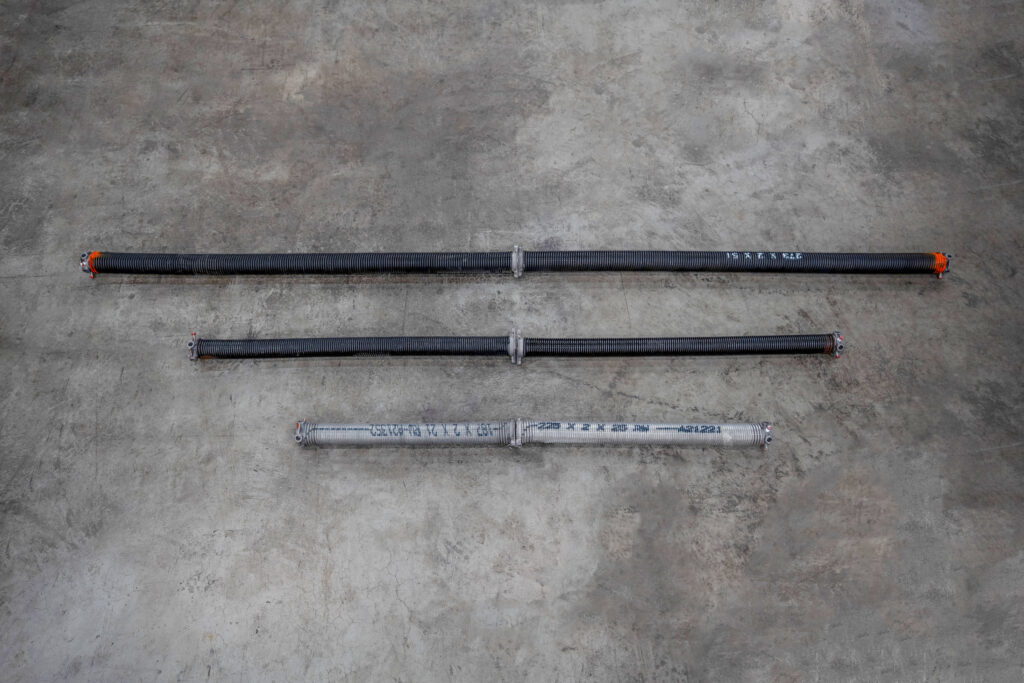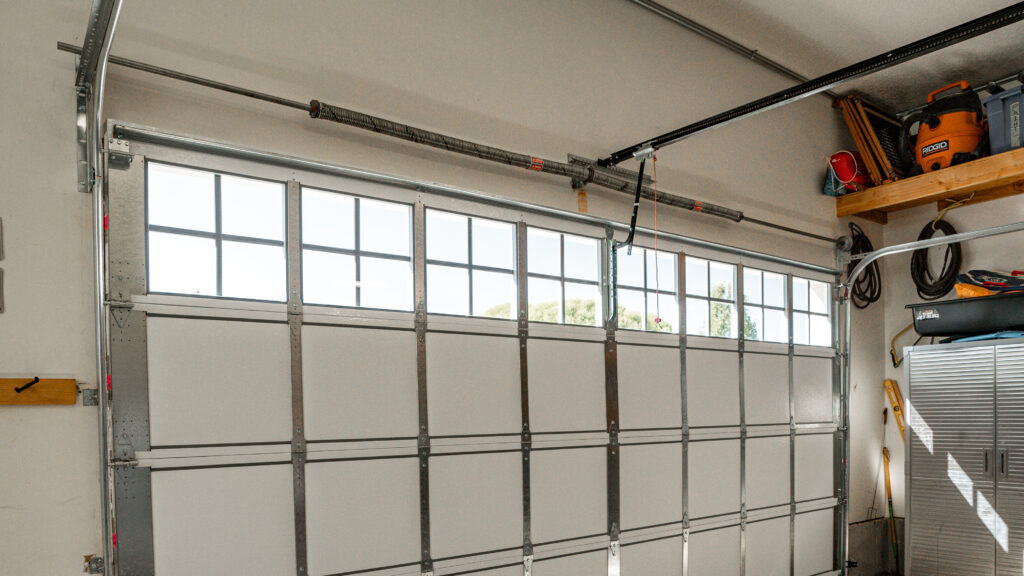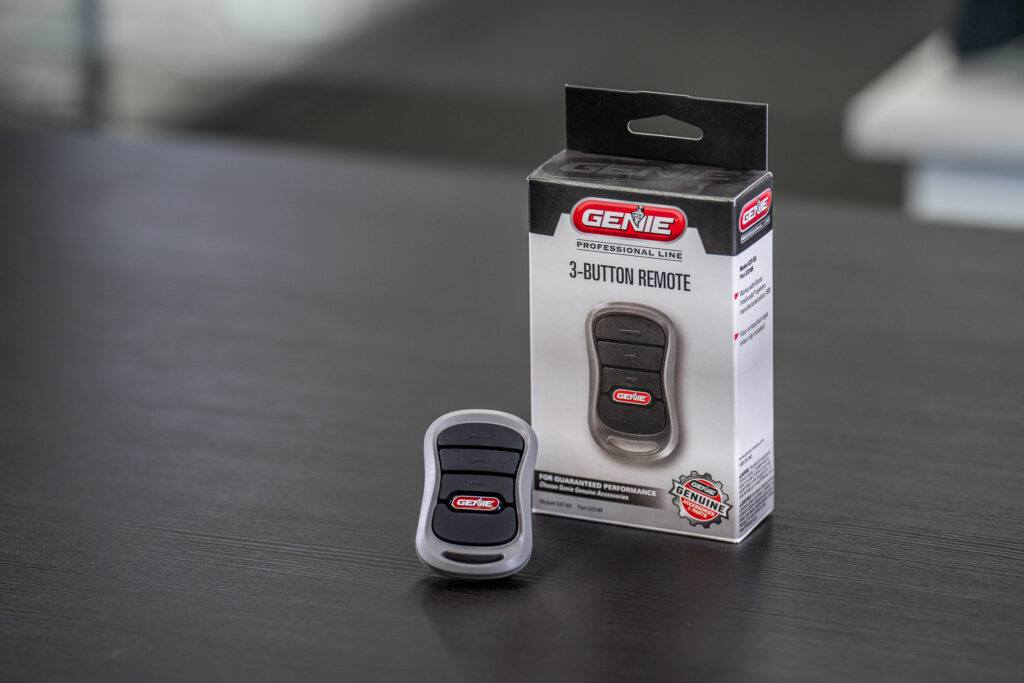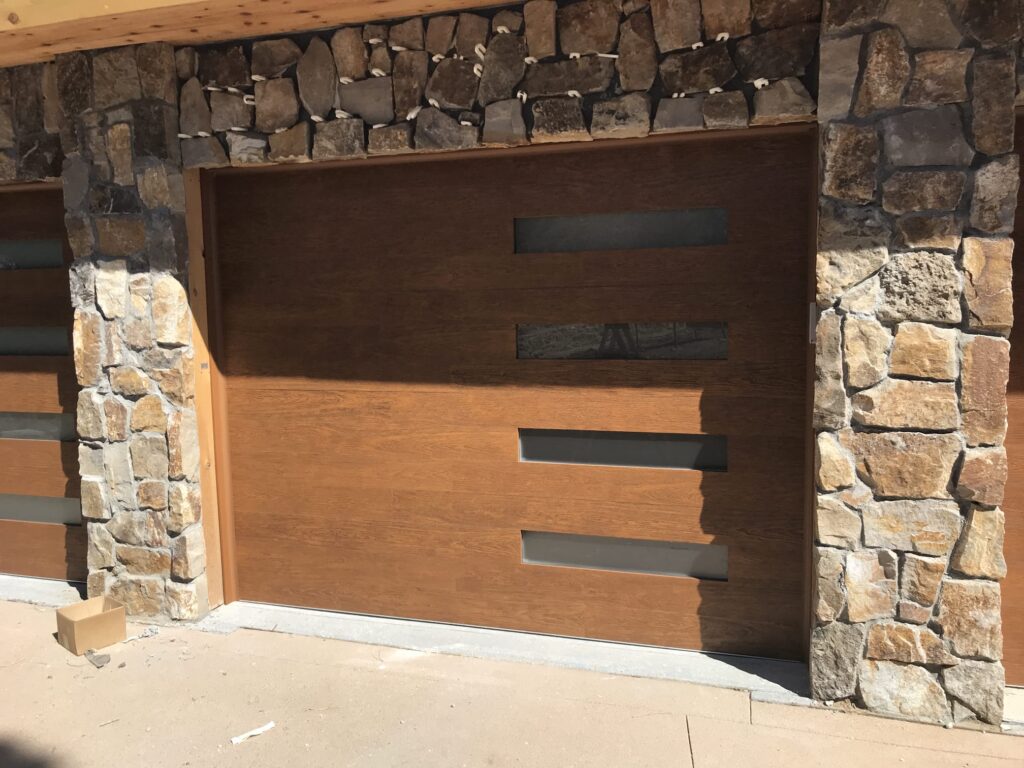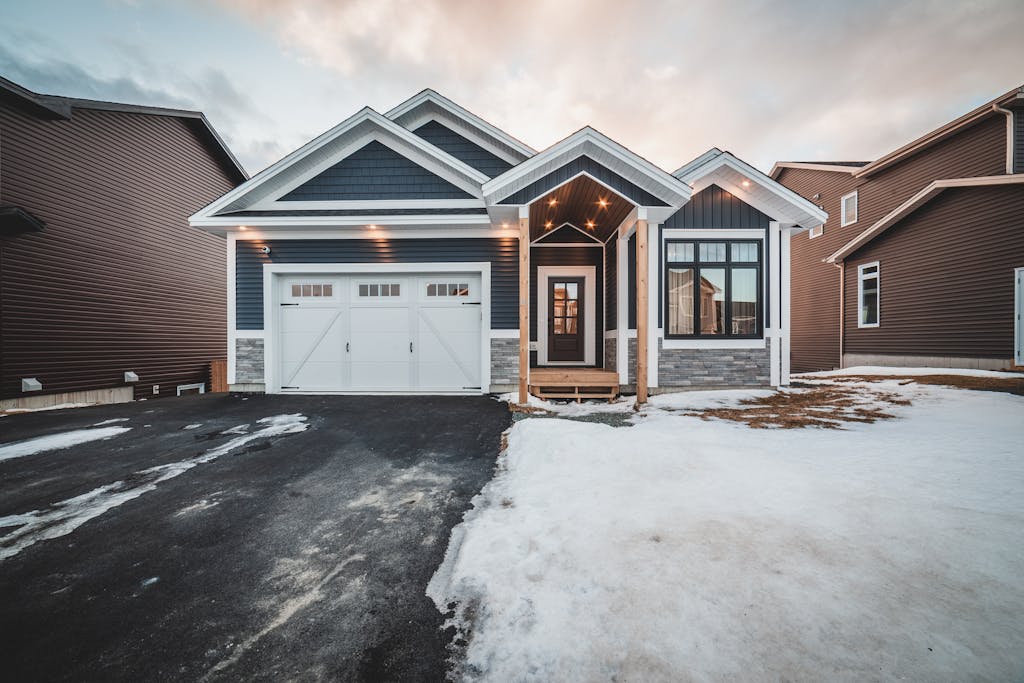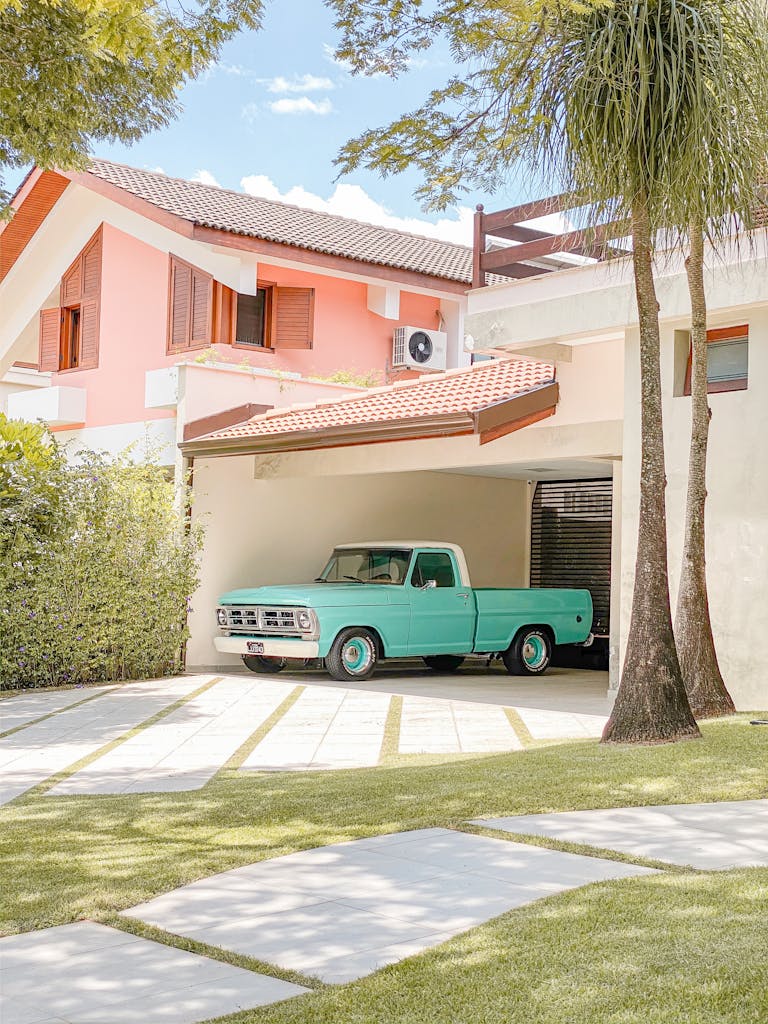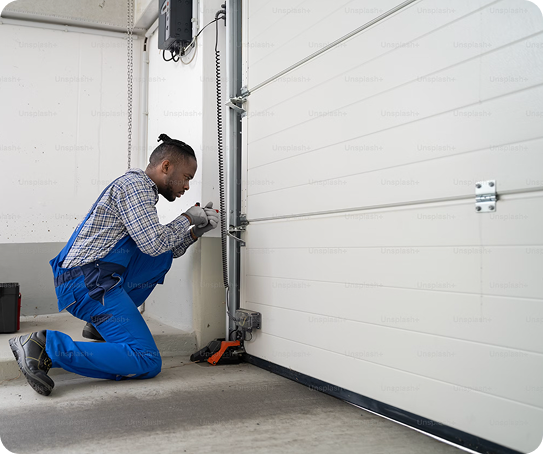Garage Door Roller Replacement: DIY Steps & Professional Tips
Thinking about tackling your noisy garage door? This guide breaks down everything you need to know about replacing those old, worn-out garage door rollers. We’ll cover when to swap them out, different types you can use, and easy-to-follow DIY steps. Plus, we’ll touch on how to stay safe and when it’s a good idea to call in a pro. Get ready to keep your garage door running smoothly and quietly with new garage door rollers!
By: Sean Donnelly | Published: April 8, 2025
Find Garage Door Repair Services
Get a fast & free quote | Schedule your service today
Garage door rollers are a vital component in most residential garage doors. We’ve broken down each sign that they may be malfunctioning, along with each step for replacing them. Getting a professional opinion is always our recommended course of action, but roller replacement can be a candidate for DIY repairs. Learn more about your roller replacement process and safety precautions here.
Understanding Garage Door Rollers and Their Function
Garage door rollers sit in your door tracks and help to aid smooth operation of your doors. These come in a few different materials; each have their own pros and cons and price points.
Types of Garage Door Rollers
Steel rollers cost between $3 and $12 per unit and are the most commonly used material in residential applications. These can last between 10 and 20 years with proper maintenance.
Nylon rollers are the best option if quiet operation is your goal. The roller itself will not rust and offers the least friction with your garage door tracks. Each of these units costs between $4 and $7.
This is typically the cheapest option. Plastic rollers wear out quicker than nylon or steel, however. They also operate slightly louder in the tracks than nylon rollers. The usual cost range for these is $2 to $5 per unit.
Steel and nylon rollers come in ball bearing or non-ball bearing models. Purchasing rollers with ball bearings will offer the quietest possible operation and comparable lifespans to models without. Home Depot currently offers a 10-pack for $19.99 before tax.
Signs Your Garage Door Rollers Need to be Replaced
In most cases, a visual inspection of your garage door rollers and routine inspections will reveal any issues. We recommend that you inspect your doors at least once every four to six months to ensure proper operation.
Visual Indicators of Worn Rollers
There are several easy-to-spot signs that your rollers should be replaced. These include:
- Cracks or dents
- Uneven wear patterns on the rollers
- Loose connection between the rod or stem and wheel
- Loose hardware connecting rollers to the garage door
- Rust buildup on rollers or rods
Performance Issues Caused by Bad Rollers
Many of these problems are best diagnosed through thorough garage door inspection. However, some issues with your rollers will be readily visible. These include:
- Vibrations while operating
- Inconsistent speed when raising or lowering
- Rollers coming off-track or getting stuck in the tracks
- Odd noises while in operation
- Your garage door becomes stuck in the tracks while in use
Tools and Materials Needed for Roller Replacement
Garage door rollers are usually a portion of the hinges on your doors. You’ll be operating in tight spaces, especially while prying your rollers out of the tracks. Here are some things you should have on-hand when replacing your rollers:
- Hammer
- Pliers or vice grips
- Flat and phillips head screwdrivers
- Step ladder
- New rollers
- Work gloves
- Safety glasses
- Garage door lubricant
- Wire brush or sandpaper for rust removal (optional)
You’ll have your choice of a few roller types, including steel, vinyl, teflon-coated and ball bearing. Most rollers come in packs of two or four with all needed hardware included. If your hinges are functioning properly, then you should purchase the rollers with no additional hardware.
How To Replace Your Garage Door Rollers
This task can often be a DIY task, but we always recommend that you exercise caution and wear proper protective equipment before attempting any repairs.
Safety Precautions Before Starting
You should always disconnect power from your garage door opener before conducting any maintenance that requires the removal of hardware or parts. You should also disengage your opener from your door by pulling the release cord above your door. Next, clear your workspace and ensure that it is well-lit before beginning your repairs.
Removing Old Rollers
The following steps are best for middle and top rollers. Replacing bottom rollers will require full disengagement of your garage door springs, so we recommend that you book with one of our top recommended professionals. Note that rust buildup or bent tracks can
- Close your garage door and turn off the power to your opener
- Place vice grips inside your garage door tracks, locking your door in place
- Unscrew all hardware from your hinge and roller pieces, one unit at a time
- Remove your hinge and roller by tilting the unit towards you and unhooking the roller wheel from your garage door tracks.
- Remove your roller old roller by sliding the rod from the assembly
Installing New Rollers
Replacing rollers is fairly easy in most cases. If there is no rust or dirt buildup, this process should only take a few minutes per hinge and roller piece.
- Insert the rod of the roller into your hinge assembly
- Lubricate your new roller
- Angle the roller to insert it into your garage door tracks
- Position your hinge and roller assembly in the proper place at the seam between your panels
- Use the hardware to secure your hinge and roller to your door panels
- Remove your vice grips from the tracks
- Re-engage your garage door opener by pulling your release cord
- Turn on the power to your garage door opener
- Conduct two or three test operations of your door after double-checking that all hardware is secure
To ensure proper alignment, we recommend that you conduct a couple of manual test operations of your garage door before engaging the garage door opener.
Professional Garage Roller Installation
Simple roller replacement is typically a DIY task, but there are exceptions to this. If your garage door utilizes extension springs, and you remove and replace one roller at a time, it isn’t always necessary to hire a professional.
If you have a garage door with torsion springs, getting a consultation from a garage door technician is always the safest route. Releasing tension from these is a sometimes-dangerous task, so opting for this type of assistance is typically your best bet. We also recommend hiring a pro if there is extensive damage to your door panels or hardware that hinders proper operation.
Including parts and labor, you should expect to spend $75 to $150 for replacement of all garage door rollers on a two-door garage.
Maintenance Tips to Extend Roller Life
Consistent regular inspections are the best way to avoid premature roller breakdowns. We recommend that you fully inspect your garage door once every four to six months. This involves looking over your tracks and mounting brackets, lift chain, rollers, hinges, panels and all associated hardware. Inspections every four months are recommended for homes in areas with more extreme weather patterns.
Common Questions About Replacing Garage Door Rollers

Get Your Free Quote and Schedule Your Garage Repair Today
Find top-rated companies for fast garage repairs and service to make sure your garage door system lasts. Get free quotes from garage door companies in your area.
Tips and Expert Advice for Your Garage
Stay informed with expert advice on garage door maintenance, garage door service, garage door replacement, and upgrades. Explore our blog for guides, troubleshooting tips, and more.
